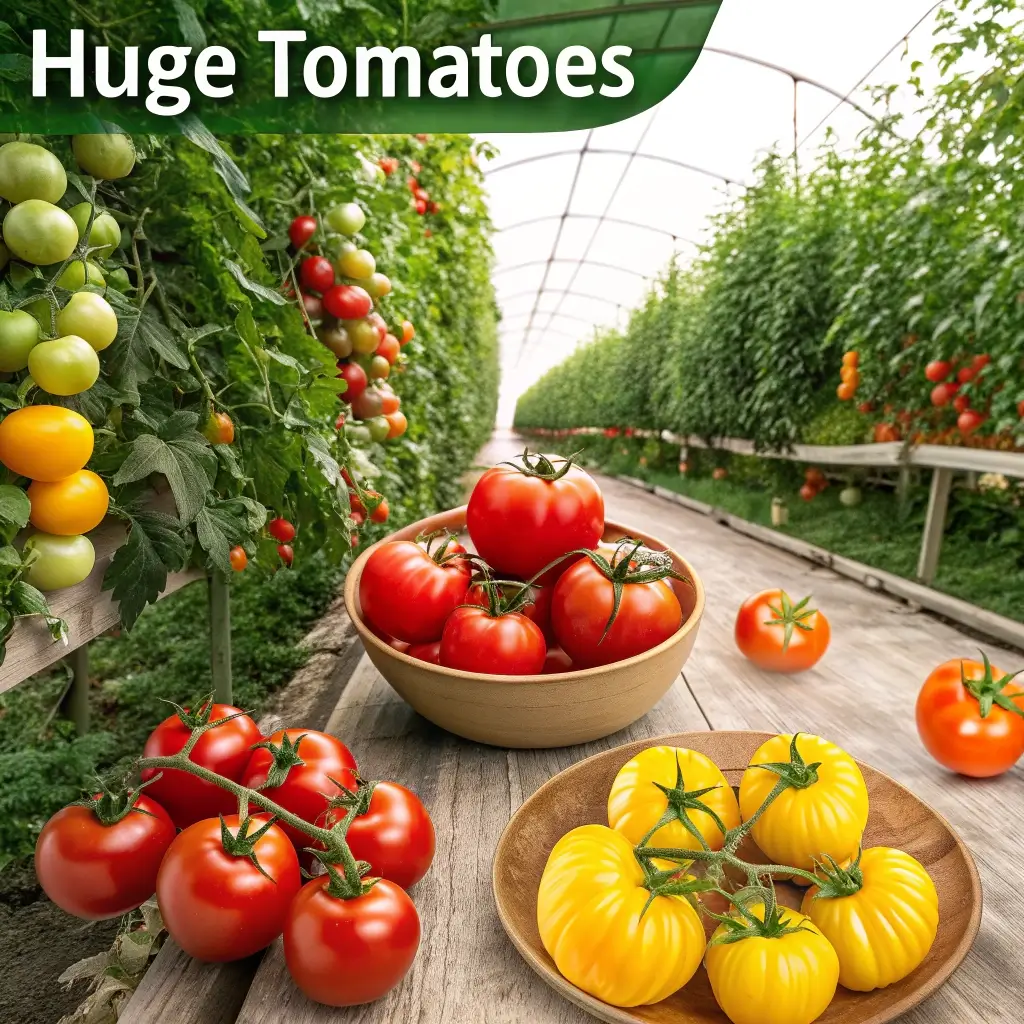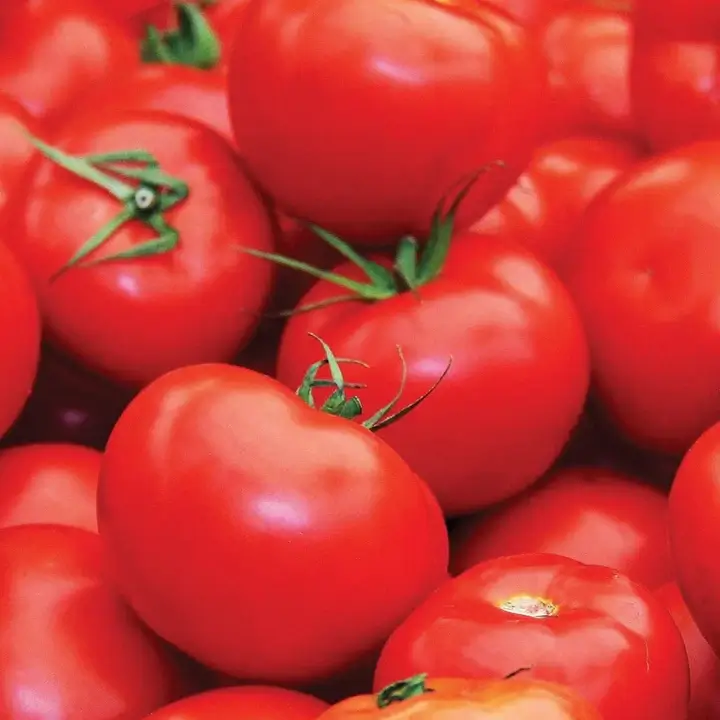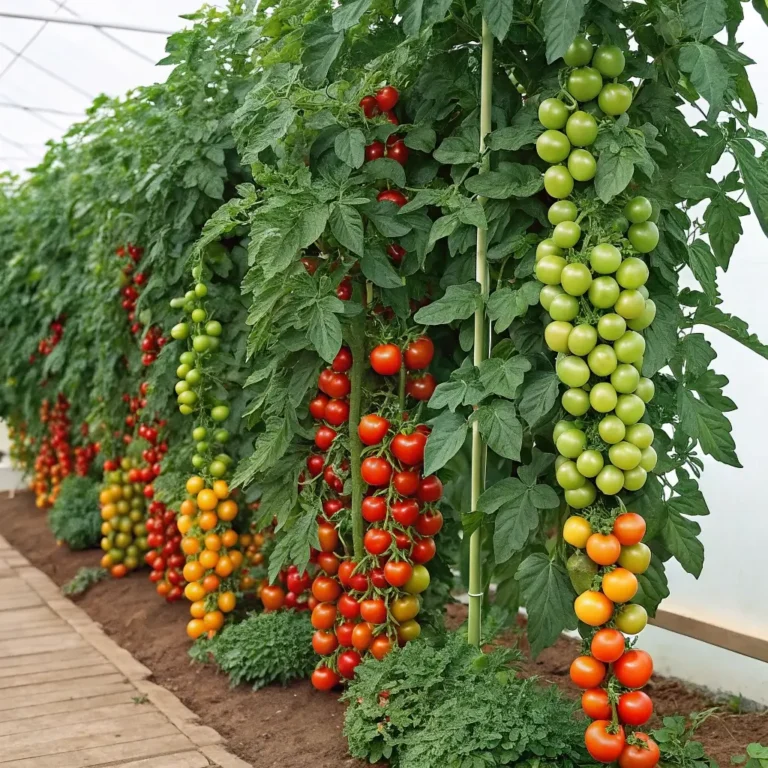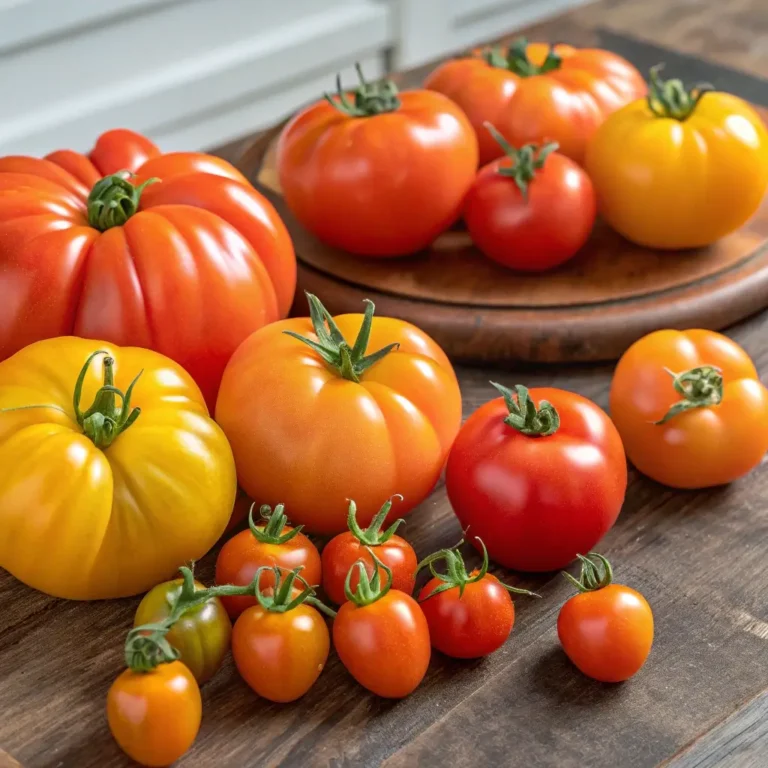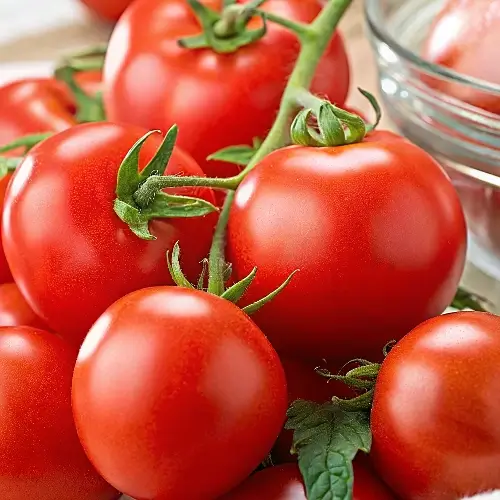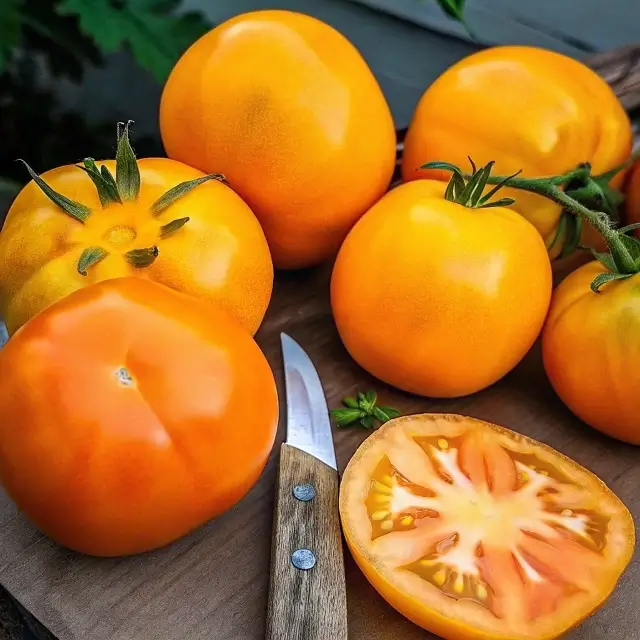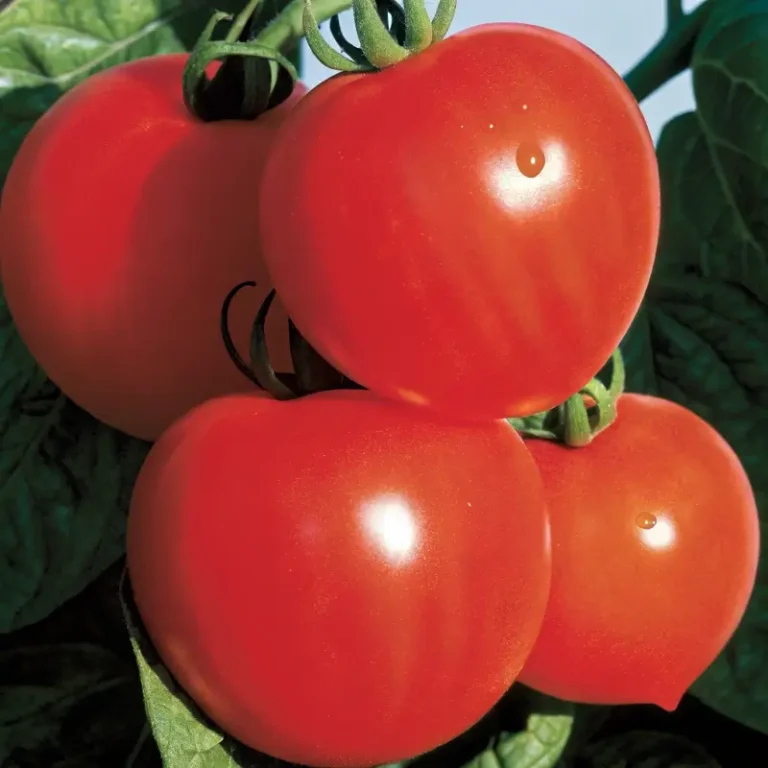27 Tomato Varieties For Growing The Huge Tomatoes: Top 5 Picks!
Table of Contents
Introduction
Did you know that only 5% of home gardeners successfully grow tomatoes weighing over 2 pounds, despite the fact that over 25 varieties have the genetic potential to produce giants? This surprising gap between possibility and reality often stems from selecting the wrong tomato varieties and missing crucial growing techniques. Whether you’re a seasoned gardener or a curious beginner, understanding which of the 27 tomato varieties can truly deliver massive fruits will transform your gardening experience. This comprehensive guide will walk you through the most promising tomato varieties for growing huge tomatoes, with special attention to our top 5 picks that consistently outperform the rest.
Essential Growing Requirements
Soil and Sun Requirements
- Rich, well-draining soil with pH between 6.2-6.8
- Organic matter content of at least 5%
- Full sun exposure (minimum 8 hours daily)
- Proper spacing of 3-4 feet between indeterminate varieties
- Consistent soil moisture (1-2 inches weekly)
Support Systems
- Heavy-duty tomato cages (at least 6 feet tall)
- Concrete-reinforced stakes for varieties producing 2+ pound fruits
- Pantyhose or soft cloth strips for tying plants
- Raised beds or grow bags (minimum 20 gallons) for optimal root development
Top 5 Varieties for Monster Tomatoes
1. Delicious
The aptly named “Delicious” holds the Guinness World Record for the largest tomato ever grown (7 pounds, 12 ounces). This indeterminate variety produces smooth, nearly perfect red fruits with minimal cracking despite their enormous size. Unlike other large varieties, Delicious maintains exceptional flavor while achieving remarkable size, making it the gold standard for giant tomatoes.
Growth Period: 77-85 days from transplant to harvest
Average Fruit Size: 1-3 pounds regularly, with optimal care producing 4+ pound specimens
Flavor Profile: Rich, balanced sweetness with moderate acidity
2. Big Zac
Developed specifically for competitive growing, Big Zac consistently produces 4-6 pound fruits with proper care. This hybrid beefsteak offers genetic consistency that many heirloom giants lack, making it more reliable for novice gardeners. The slightly ribbed pink-red fruits have become favorites at county fair competitions worldwide.
Growth Period: 80-90 days
Average Fruit Size: 4-6 pounds
Flavor Profile: Sweet with low acid, excellent for sandwiches and fresh eating
3. Mortgage Lifter
With a fascinating history dating back to the 1930s, Mortgage Lifter earned its name when its developer sold plants for $1 each (equivalent to about $19 today) to pay off his mortgage. This heirloom produces pinkish-red fruits with meaty interiors and few seeds. The mild, sweet flavor remains consistent even when fruits reach enormous proportions.
Growth Period: 80-85 days
Average Fruit Size: 2-4 pounds
Flavor Profile: Exceptionally sweet, low acidity, with hints of fruitiness
4. Supersteak
This hybrid beefsteak offers the size potential of heirlooms with improved disease resistance, particularly to Verticillium and Fusarium wilts that often plague large-fruited varieties. Supersteak produces consistently large fruits throughout the growing season rather than just a few giants early on.
Growth Period: 80 days
Average Fruit Size: 1-2 pounds consistently
Flavor Profile: Classic tomato flavor with balanced sweetness and acidity
5. German Giant
Less known than others on our list but deserving of more attention, German Giant regularly produces 2-pound fruits with exceptional flavor. This potato-leaf variety develops fruits with minimal seeds and a dense, meaty texture that holds up beautifully when sliced.
Growth Period: 77-90 days
Average Fruit Size: 1.5-2.5 pounds
Flavor Profile: Complex, rich sweetness with umami undertones
Essential Growing Techniques
Pruning for Maximum Size
Research shows that limiting indeterminate varieties to 2-3 main stems and removing all suckers redirects up to 60% more energy to fruit development. For the largest possible tomatoes:
- Remove all suckers weekly
- Limit plants to 2-3 main stems
- Remove the first 2-3 flower clusters to strengthen the plant before fruit production
- Selectively thin to 4-5 fruits per plant for maximum size
Feeding Schedule
Giant tomatoes require 30-40% more nutrients than standard varieties:
- Pre-planting: Incorporate aged manure and compost
- Early growth: High-nitrogen fertilizer (10-5-5)
- Pre-flowering: Transition to balanced fertilizer (10-10-10)
- Fruit development: Switch to high-potassium fertilizer (5-10-15)
- Supplement with weekly calcium applications to prevent blossom end rot
Common Mistakes to Avoid
- Insufficient Support: Fruits weighing 2+ pounds can snap stems without proper reinforcement
- Overcrowding: Giant varieties need at least 4 feet between plants for maximum productivity
- Inconsistent Watering: Fluctuations cause splitting and blossom end rot in large fruits
- Over-fertilizing: Excessive nitrogen promotes foliage at the expense of fruit development
- Pruning Hesitation: Many gardeners fail to prune aggressively enough for maximum fruit size
Storing Tips for Giant Tomatoes
Giant tomatoes typically have shorter shelf lives than smaller varieties due to their high water content and thinner skins. For best results:
- Harvest when fruits show the first blush of color and ripen indoors
- Store at room temperature away from direct sunlight
- Never refrigerate unless fully cut (refrigeration destroys flavor compounds)
- Use within 3-5 days of full ripening for best flavor
- Consider processing immediately into sauce, salsa, or preserved products
Conclusion
Growing huge tomatoes requires selecting the right varieties from among the 27 potential giants and implementing specialized techniques that differ from standard tomato cultivation. By focusing on our top 5 picks—Delicious, Big Zac, Mortgage Lifter, Supersteak, and German Giant—and following the detailed guidelines provided, you’ll maximize your chances of harvesting impressive, conversation-starting tomatoes that taste as good as they look. Remember that patience and consistent care are essential; these varieties typically require 80-90 days to reach full maturity, but the results are well worth the wait.
FAQs
Can I grow giant tomatoes in containers?
Yes, but containers must be at least 20 gallons in size with excellent drainage. Use a high-quality potting mix and be prepared to water and fertilize more frequently than in-ground plants.
Why do my large tomatoes crack before reaching full size?
Inconsistent watering is typically the culprit. Implement mulching and drip irrigation to maintain even soil moisture, especially during fruit development.
Are giant tomatoes good for canning?
Most giant varieties have higher water content and fewer solids than paste tomatoes, making them less ideal for canning. They excel in fresh applications, particularly sandwiches and slicing.
How do I prevent blossom end rot in large tomatoes?
Apply calcium supplements beginning at planting time and continuing through fruit development. Maintain consistent soil moisture and avoid high-nitrogen fertilizers during fruiting.
Will saving seeds from giant tomatoes produce equally large fruits next year?
For hybrid varieties like Big Zac and Supersteak, saved seeds won’t grow true to the parent. Heirloom varieties like Mortgage Lifter and German Giant will produce similar plants from saved seeds if cross-pollination is prevented.

